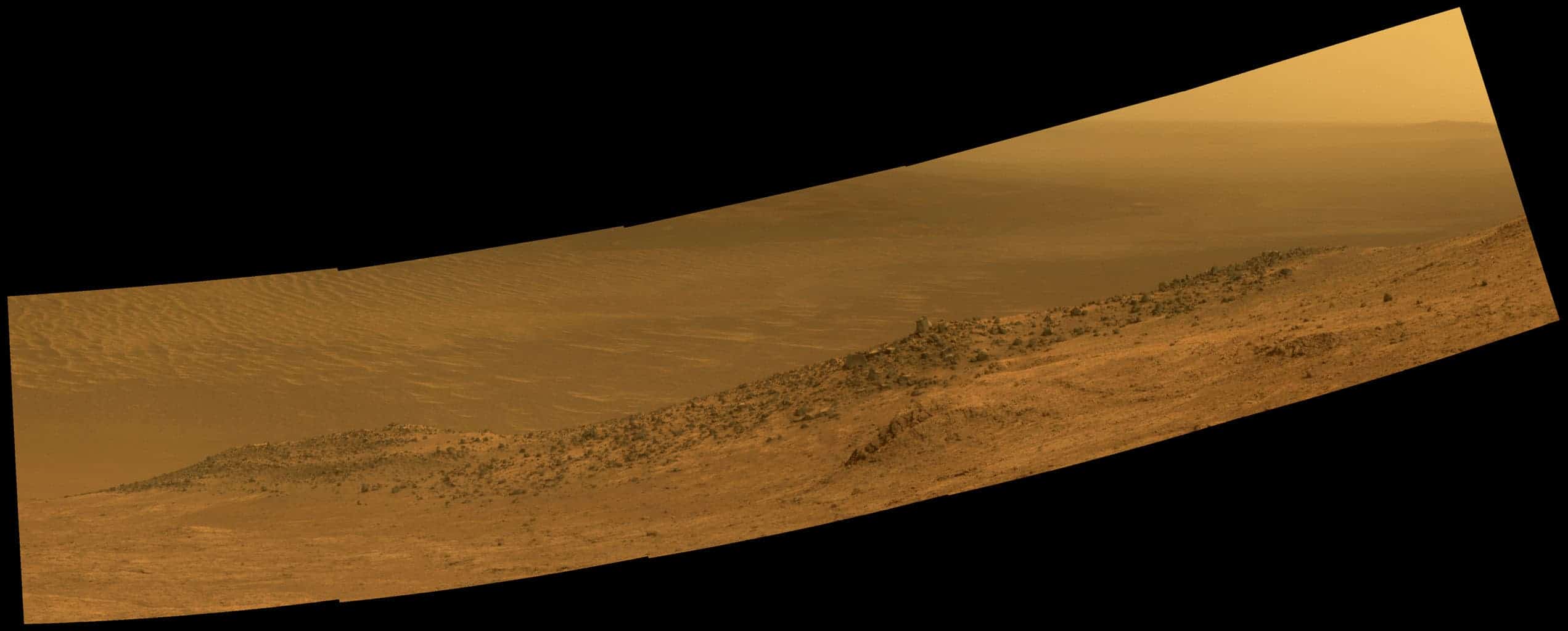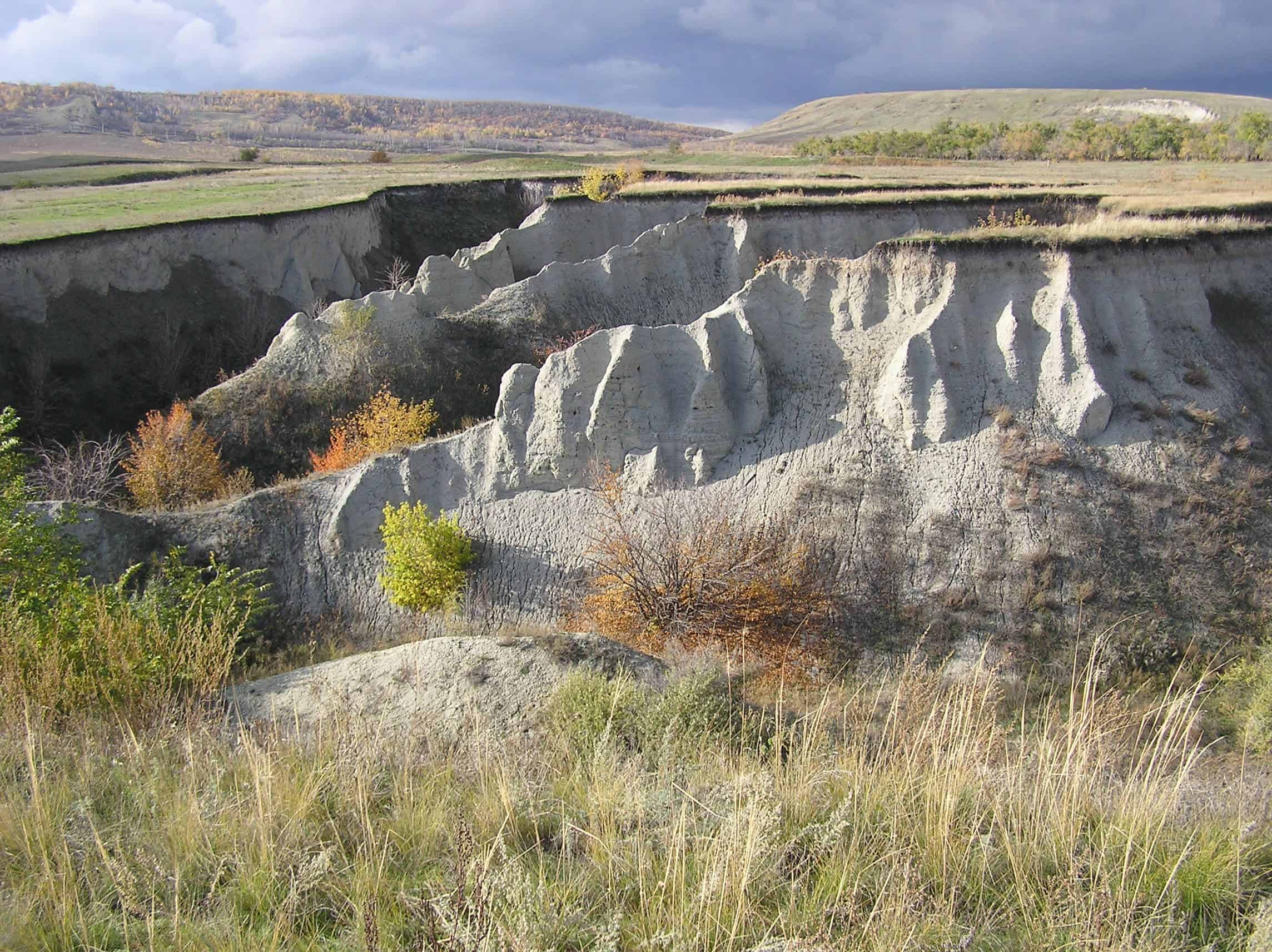We’ve talked so much about the Curiosity rover, but NASA’s Opportunity rover is also doing work on Mars. Now, the rover will drive down a gully potentially carved by water not so long ago.

Why the gully matters
A gully is a landform commonly found on Earth, typically on hillsides. They look a lot like ditches or small valleys but are metres to tens of metres in depth and width. They’re created by running water (or other fluids, in some cases) eroding sharply into the hillside.
While other fluids can also create gullies, it’s almost always water. So when you see a gully in whatever environment, you can generally assume the presence of running water. Gullies are widespread at mid- to high latitudes on the surface of Mars, and are some of the youngest features observed on that planet, probably forming within the last few 100,000 years – therefore, we can assume the presence of water in the past 100,000 years on Mars and this is pretty exciting. Geologists are still debating whether these gullies indicate rivers, melting snow or simply precipitations, but they do agree that they are a strong indicator of water. Now, for the first time, the Opportunity rover will get the chance to observe one from close range.

The gully which Opportunity will study measures two football fields in surface and is situated on the bottom of a crater.
“We are confident this is a fluid-carved gully, and that water was involved,” said Opportunity Principal Investigator Steve Squyres of Cornell University, Ithaca, New York. “Fluid-carved gullies on Mars have been seen from orbit since the 1970s, but none had been examined up close on the surface before. One of the three main objectives of our new mission extension is to investigate this gully. We hope to learn whether the fluid was a debris flow, with lots of rubble lubricated by water, or a flow with mostly water and less other material.”
The rover will not only take pictures but also analyze the chemical make-up of the rocks in the area, for comparison with other rocks found in and around the crater.
“We may find that the sulfate-rich rocks we’ve seen outside the crater are not the same inside,” Squyres said. “We believe these sulfate-rich rocks formed from a water-related process, and water flows downhill. The watery environment deep inside the crater may have been different from outside on the plain — maybe different timing, maybe different chemistry.
A fantastic opportunity
The Opportunity rover landed on Mars on January 25, 2004, three weeks after its twin Spirit (MER-A) touched down on the other side of the planet. It was supposed to run for 90 days – no more than that – and yet here it is, more than a decade later, still providing valuable information about the Red Planet.
“We have now exceeded the prime-mission duration by a factor of 50,” noted Opportunity Project Manager John Callas of NASA’s Jet Propulsion Laboratory, Pasadena, California. “Milestones like this are reminders of the historic achievements made possible by the dedicated people entrusted to build and operate this national asset for exploring Mars.”
In the two year extended missions that the rover has been carrying out recently, it analyzed the “Marathon Valley” area of Endeavour’s western rim, documenting the geological context of water-related minerals that had been mapped there from orbital observations.






